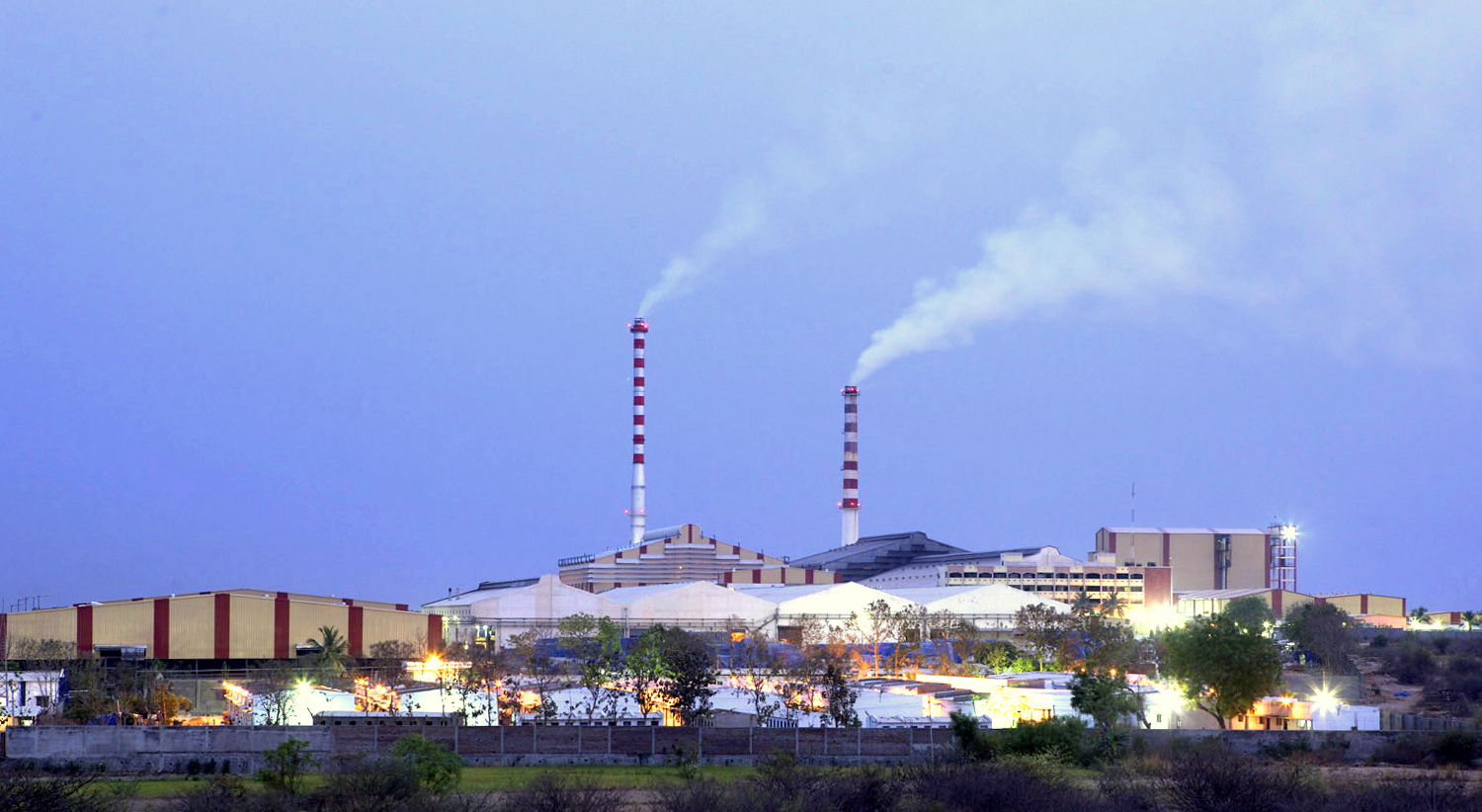The Methane Challenge: Effects on Climate Change and Strategies to Curb Emissions

As the world continues to grapple with the consequences of climate change, the Methane Challenge is a vital initiative that demands public attention and concerted efforts. This international campaign orchestrates a multifaceted response to rein in emissions across critical sectors, highlighting policies and technologies to recover and use methane (CH4) responsibly.
This article will dive into the intricacies of the Methane Challenge, starting with a discussion on the characteristics and contribution of CH4 to climate change. It will also dissect its sources across various sectors and unravel the pivotal role each sector plays in the overall methane emission landscape.
Finally, this piece will shine a light on initiatives that aim to reduce methane emissions, unlocking the potential to reshape our environmental trajectory and make that crucial shift to a greener world.
Methane and Its Contribution to Climate Change
Much of the discussions on the root cause of global warming focus mainly on carbon dioxide. While this is true, CO2 emissions aren’t the only culprit to the worsening climate — with methane also influencing the intricate dynamics of the environmental crisis.
This greenhouse gas (GHG) possesses distinctive characteristics that underscore its environmental significance. Specifically speaking, it has a strong potency that enables it to trap heat more efficiently than its carbon dioxide counterpart. This heightened heat-trapping efficacy intensifies its warming potential, rendering methane a key player in aggravating climate change.
However, the transient nature of CH4 becomes apparent over time as it converts into carbon dioxide. This chemical transformation is what sustains CH4’s heat-trapping legacy and perpetuates the ripple effects across the Earth’s climate system.

The Sources of Methane Emissions
Understanding the sources of methane emissions unveils the specific areas demanding targeted interventions, allowing for a nuanced approach tailored to each sector’s unique characteristics.
Among the sectors classified as primary CH4 emitters is agriculture. That’s because operations such as livestock management processes contribute to approximately 32% of global anthropogenic methane emissions, according to a Food and Agriculture Organization (FAO) report.
Another substantial player in the methane emission landscape is the energy sector. With the transportation, processing, and extraction of fossil fuels all contributing considerably to the overall emissions profile, this industry stands as a big emitter due to methane leakage.
One more important sector in the methane emission landscape is waste management, which is frequently ignored in environmental discussions, as landfills and waste treatment processes generate CH4 through the decomposition of organic waste. The importance of this industry comes from both its direct emissions and its ability to apply cutting-edge waste management techniques that can reduce methane emissions and support a more sustainable and circular economy.
Recognizing the varying degrees of influence each sector wields highlights the significance of tailored interventions that holistically address emissions and pave the way for a more sustainable future.

Strategies for Methane Reduction Per Sector
As the global community confronts the imperative to curb methane emissions, targeted strategies across key sectors become instrumental in achieving meaningful reductions.
1. Agriculture: Through their digestive processes, livestock contributes a considerable amount of methane emissions. Mitigating these hazardous discharges can be achieved by implementing tactics including enhanced breeding practices, optimized manure management, and dietary changes. Rotational grazing and silvopasture are examples of sustainable farming techniques that aid in lowering total methane output.
2. Energy: Upgrading and maintaining infrastructure in the oil and gas industry is pivotal for reducing methane leaks. Regular inspections, repairs, and modernization of pipelines and equipment contribute to a more robust and environmentally friendly energy sector.
3. Waste management: Landfills are a significant source of methane emissions from decomposing organic waste. Landfill gas capture systems, including extraction wells and flaring, help capture and utilize methane for energy production to prevent its release into the atmosphere. Implementing anaerobic digestion in waste treatment processes can also significantly reduce methane emissions.
In tandem with these sector-specific strategies, collaborative efforts should encompass other factors to reduce methane and greenhouse gas emissions. A comprehensive strategy to address methane emissions and contribute to a future with more environmental consciousness must emphasize the development and use of cleaner technology, support renewable energy sources, and encourage sustainable practices across sectors.
Conclusion
In confronting the formidable challenge of methane emissions, the imperative to act looms large on the horizon of climate change mitigation. The varied strategies explored across agricultural, energy, and waste sectors emphasize the need for a multifaceted approach to curb this potent greenhouse gas. Livestock management innovations, infrastructure enhancements in the oil and gas industry, and waste management solutions stand as tangible pathways toward a greener world.
As we navigate the intricate realm of methane’s environmental influence, the call to action resounds clear: continued global efforts are essential. The collaborative initiatives under the Methane Challenge signify a crucial step towards a greener world, with each sector’s commitment to emission reduction greatly contributing to the broader mission of combating climate change.




